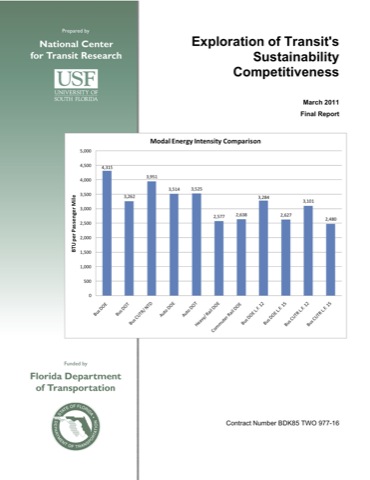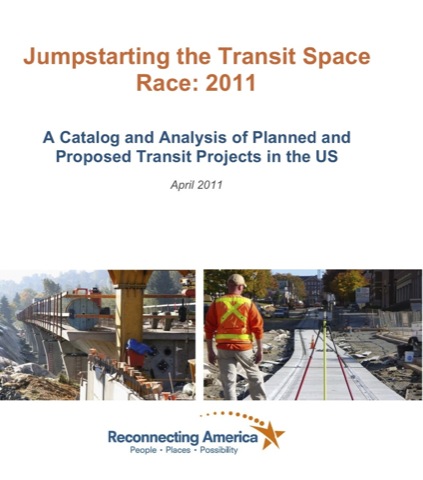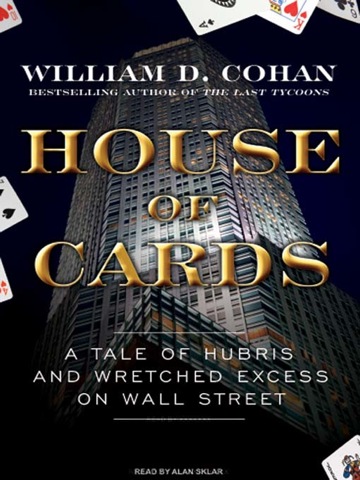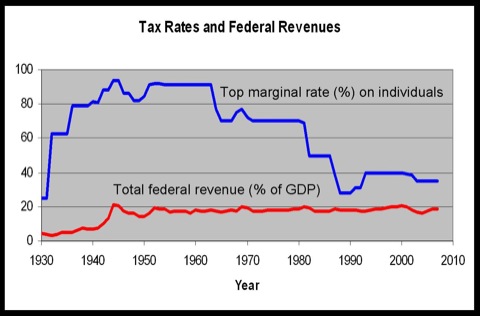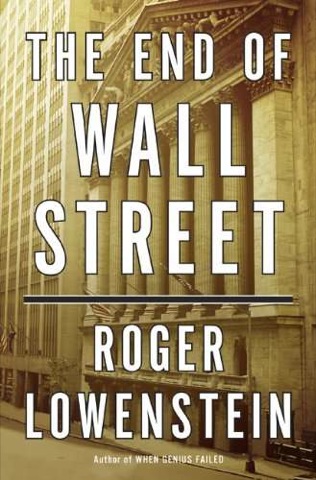Be sure to read part one first.
Greedy bankers: Changes in the banking industry caused the crisis, many writers claim, by creating perverse incentives to earn short-term profits by making long-term risks. “High leverage and risk-taking in general was fueled by the Street’s indulgent compensation practices,” says Lowenstein (p. 287). A prime example is Joseph Cassano, who ran the division of AIG that sold the mortgage bond insurance that ultimately bankrupted the company. AIG paid Cassano $280 million over eight years, including large bonuses based on profits that Cassano boosted by failing to set aside funds to pay off insurance policies should those bonds fail. Eight months before it went bankrupt, the AIG board fired him, giving him a $34 million severance bonus and then immediately rehiring him as a consultant for $1 million a month (Lowenstein p. 122).
Such pay rates are certainly questionable if not obscene. Yet there is little reason to think that they led to the crisis. Remember that all the major players–the ratings agencies, the bankers, AIG and other insurers–agreed that mortgages and mortgage bonds were, as the saying goes, as safe as houses. It is hard to imagine that people who were only getting paid five- or six-figure salaries wouldn’t have made exactly the same decisions as those who did get paid seven- and eight-figure salaries and bonuses.
Continue reading →

